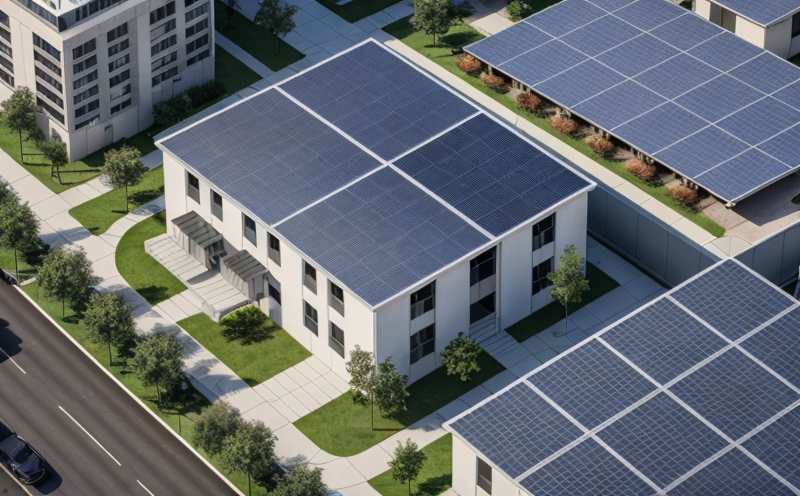ISO 52000 Energy Performance Evaluation of Smart Building Devices
The ISO 52000 series provides a framework and methods for evaluating the energy performance of buildings. This service focuses on the specific application of ISO standards to smart building devices, ensuring they meet stringent energy efficiency criteria. As quality managers, compliance officers, R&D engineers, or procurement professionals, you understand that the integration of smart technologies into your building infrastructure is not only a trend but also a necessity for sustainability and cost-effectiveness.
The evaluation process involves detailed testing to determine how efficiently these devices utilize resources like electricity, water, and other utilities. By adhering to ISO 52000 standards, you can ensure that the smart devices in your building are optimized for energy use, contributing positively to environmental sustainability while reducing operational costs.
Our service covers a comprehensive range of tests designed to evaluate the energy performance of various smart building devices including but not limited to thermostats, lighting systems, HVAC controls, and renewable energy generators. These evaluations help identify potential areas for improvement in design, operation, and maintenance, ultimately leading to more efficient buildings.
One key aspect is ensuring interoperability between different components within the smart system. This includes checking how well devices communicate with each other through standard protocols such as Zigbee, Z-Wave, or MQTT. Proper integration ensures seamless functioning without unnecessary energy wastage due to inefficiencies in communication.
In addition to evaluating individual device performance, our service also assesses entire systems comprising multiple interconnected smart elements working together towards achieving overall building efficiency goals. This holistic approach allows us to provide recommendations for optimizing not just single points but the complete ecosystem of smart buildings.
Understanding that every facility has unique requirements based on size, purpose, location, and local regulations, we tailor our services accordingly. Our team works closely with clients throughout the entire process from initial consultation through final report generation ensuring full understanding of expectations at each stage.
Scope and Methodology
| Test Type | Description |
|---|---|
| Baseline Measurement | Initial assessment of current energy consumption patterns to establish a reference point. |
| In-Situ Testing | Field testing under real-world conditions to measure actual performance against expected results. |
| Simulation Modeling | Use of advanced software tools to predict future performance based on current data and projected changes in usage patterns. |
| Key Metrics Evaluated | Description |
|---|---|
| Energy Consumption | Total amount of energy used by the device over a specified period. |
| Efficacy Index | A comparative measure indicating efficiency relative to similar devices on market standards. |
| Environmental Impact | Analyze impacts such as CO2 emissions and resource depletion associated with using the device. |
International Acceptance and Recognition
- ISO 52000-1: Provides guidelines for assessing energy performance in buildings, which includes smart building devices.
- IEC TC 37: This technical committee develops international standards related to electronic devices and systems used within the home environment, including those found in smart homes.
- American National Standards Institute (ANSI): Develops voluntary consensus standards for products, services, processes, systems, and personnel practices across numerous industries, which may include specific requirements relevant to our testing procedures.
Environmental and Sustainability Contributions
Evaluating the energy performance of smart building devices according to ISO 52000 standards contributes significantly to reducing carbon footprints by promoting efficient use of resources. By identifying underperforming or inefficient systems early on, we help facilities transition towards greener operations sooner.
Moreover, compliance with these international standards enhances reputation among stakeholders including tenants, investors, and regulatory bodies alike who appreciate environmentally responsible practices. It also aids in meeting government mandates aimed at improving overall environmental health.





